New York-based commercial photographer, Thorsten Roth, had no idea he was undertaking ‘mission impossible’ in attempting to track down 20 litres of discontinued professional paper developer, Tetenal Centrabrom S.
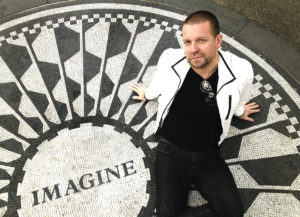
A year ago there was a steady supply of the paper developer, but it quickly became scarce after the 150-year-old German photo chemistry manufacturer went bankrupt and discontinued production.
RELATED: Tetenal is born again!
For Thorsten every lead in America and Europe was a dead end. Then, a glimmer of hope – a UK Tetenal representative suggested looking to two countries where Centrabrom was oddly popular: Iran and Australia.
He wanted the exotic developer to produce 12 limited-edition prints of 55 images of American jazz musicians, with one set accepted by the Smithsonian Institute. While it’s no small feat to have one of the most prestigious museums recognise the value of a photo series, for Thorsten producing the prints is much bigger than that. It marks the end of a career-defining project that began in Paris in 1993.
‘I don’t like to look back too much. But for me, spiritually, this is a conclusion of a part of my life,’ he told Inside Imaging. ‘I shot this series in the nineties, and this is partly responsible for why I went to the US and why I became a US citizen. This is a conclusion – something to finish. The consequence is it must be printed on gelatin paper.’
Jazz People in Paris
In the early nineties in Paris, Thorsten worked weekends at La Villa – a boutique hotel and jazz club in Paris which often hosted famous American musicians. On Sundays he’d offer to take the jazz musicians to locations across the city to photograph them.
‘Architecture was very important, as I wanted structure in the photos,’ he said. ‘Structure is representative of jazz music, which is basically an improvisation of European classical and African music.’
For instance Thorsten photographed Ravi Coltrane, son of jazz legend John Coltrane, at the Eiffel Tower. He shot most pictures on a Nikon 35mm SLR, using Kodak Panatomic X ASA-32 and a Metz 45/60 flash.
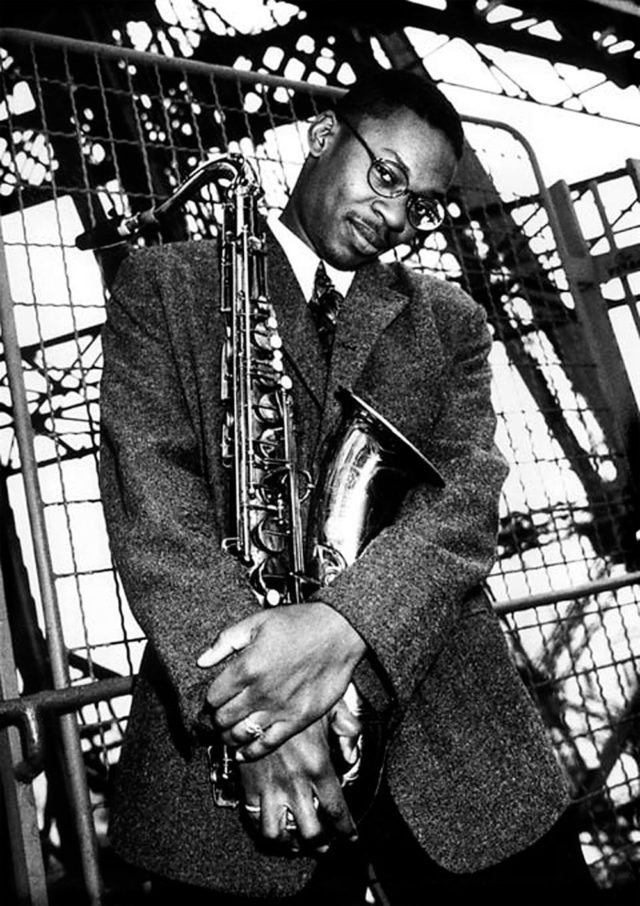
‘Over the span of seven years, from 1993 to 1999, I shot these jazz musicians – around 75 all together. The portfolio is this bubble of American jazz musicians, particularly from New York, in Paris in the nineties. For me it was a no-brainer. I have this incredible talent of jazz musicians, and so of course I’m going out and shooting them in Paris.’
Thorsten relocated to the US in 2002, and the next year the Smithsonian accepted the collection. This came at a time when digital technology was dramatically changing the photo industry, yet Thorsten remained committed to darkroom production, a skill he learned from 14-years-old as a student in Germany, and refined over many years.
‘To me, the work is more valuable if the photographer prints it themselves. It’s a signature and since I was a student I used this same developer combination – Tetenal Dokumol and Centrabrom. This combination is like my artistic vocabulary, and I’m so into this chemistry that it’s second nature.’
Thorsten tried other paper developer combinations, but found the combination of the hard Dokumol and the soft Centrabrom achieved ‘really cold, neutral blacks’. ‘I really like a deep black, but with enough neutral information in the mid-tones and whites,’ he said.
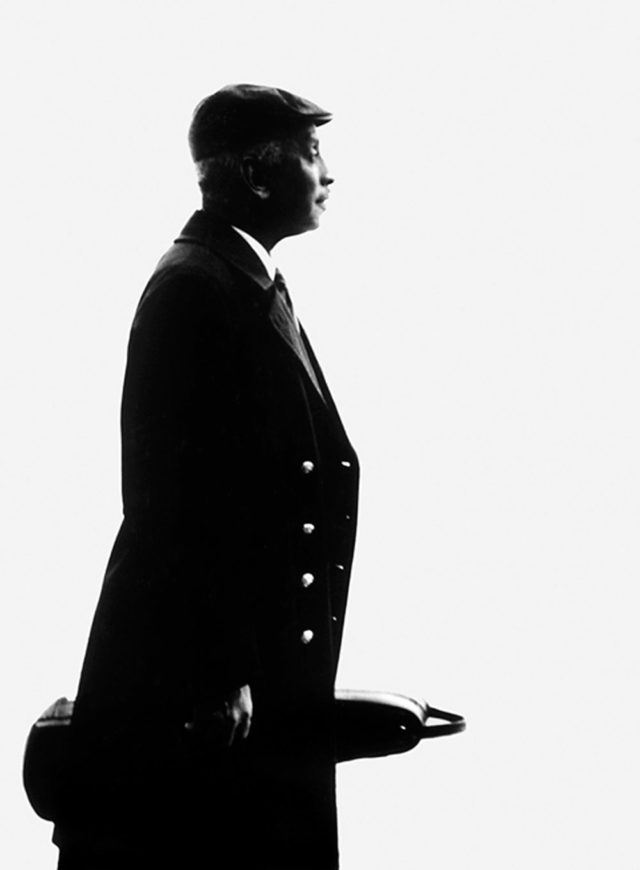
Thorsten was about to begin printing in 2008, after successfully pitching the project for sponsorship, but the Global Financial Crisis took hold of New York and created extreme economic stress.
Outsourcing the print production to darkrooms in New York was not an option, so the photographer decided to build his own. It took a number of years to track down decommissioned materials from friends, eBay, and pawn shops across America.
‘I designed and constructed a very specific drying rack, which would otherwise cost thousands and thousands of dollars. It has layers of mesh, sitting on a wooden frame with ventilators underneath.’
By 2018 the darkroom was up and running, and it was time to bring the jazz musician pictures to life.
‘If I was more on my game in 2018 I could have all the Centrabrom I need, but I had so many things going on in my life,’ he said. Despite discovering Tetenal had discontinued Centrabrom, Thorsten was devoted to finishing the project as he envisioned. He persevered and called a long list of European photo shops which stocked the developer, and tracked down four litres in three countries.
‘One of the shops I called in Berlin recommended I try Tetenal UK,’ he said. ‘I called them and tell my story to the woman on the phone, who is so taken by it, gives me the number of the “big guy” [boss]. He tells me he’ll scan Great Britain to find it, and at 5:30 next morning he texts me to say there’s nothing here, but pointed to Iran and Australia.’
By this stage Thorsten was determined to exhaust all options in pursuit of the Centrabrom. It seemed like an uphill battle, and with Iran out of the question he looked to Australia.
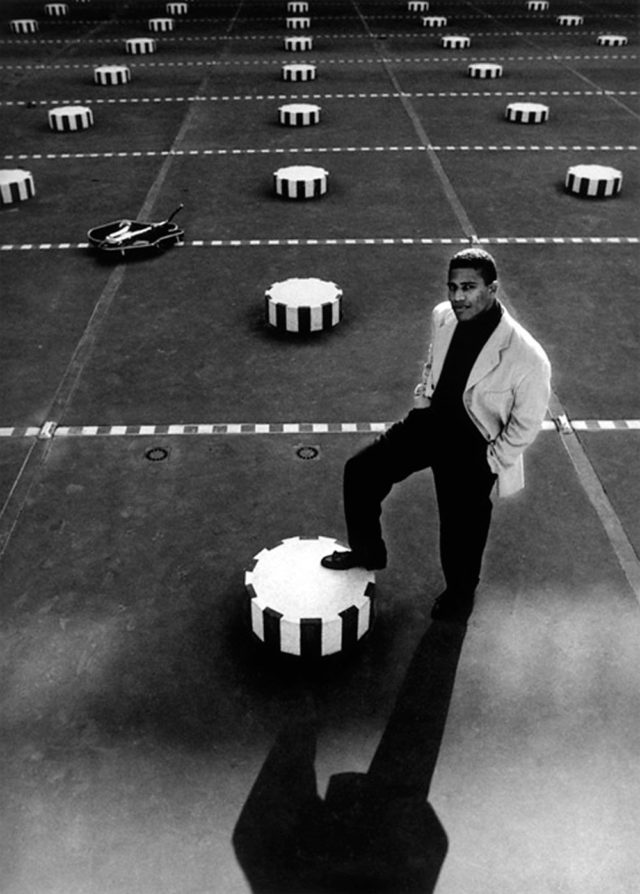
Australia: the final frontier for Centrabrom?
Google ‘Tetenal + Australia’ and the first page of results returns a link to an Inside Imaging article, Tetenal back from the brink. Thorsten e-mailed us, asking if we had any idea about Tetenal in Australia, and we suggested Melbourne photo specialist retailer, Vanbar.
Thorsten got the good news – there were five bottles left and Vanbar ships internationally. But then the bad news – Vanbar was not willing to ship 20 litres to New York.
It seems perfectly reasonable for Vanbar to refuse shipping such a large volume of obscure liquid chemicals overseas. It’s an extraordinary request, and possible the developer would be classified as a dangerous good.
A Melbourne-based dangerous goods courier quoted around $1500 to handle the chemicals, not including shipping, but added that the Centrabrom chemicals aren’t actually classified as hazardous. So he could try an ordinary courier.
Thorsten’s specialist request was too complicated for the robot-like customer service operators at the large-scale courier companies. But Pack & Send in Melbourne, a small courier company, took the job for a reasonable price.
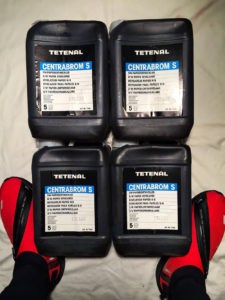
‘I got the batch number of the developer and called the boys in Germany to find out how old this stuff was. I was still willing to take the risk, although I found out the production was eight years out. It had expired in 2011. But I refused to believe there was something wrong with it. So the developer was picked up on Tuesday morning in Australia, and I had it by Thursday in New York.’
Fortunately, the expired developer worked perfectly and Thorsten kept busy until the end of January to finish the project.
‘Here I am in the darkroom. It’s 2019 and I’m printing a limited edition on paper. Really? On the one hand, this makes no sense. We’re at the height of digital. What am I doing, spending all this time in the darkroom?’
Thorsten is no analogue purist. He recognises there is incredible modern printing technology, but there was a determination to finish this project using the skills he learnt as a teenager and refined later in Paris.
This may be his last major project undertaken in a darkroom. Reflecting on the three decade ride, which culminated in the challenging investigative task of pinning down a large volume of obscure developer in Australia, Thorsten quotes skateboarding pioneer, Rodney Mullen. ‘That’s the nature of love you know, it’s got hate in there.’
Check out Thorsten’s photography, including the Jazz People series, here.





Be First to Comment